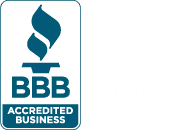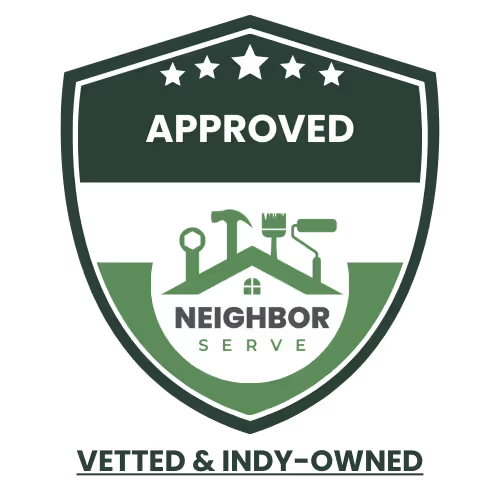Flooding can turn your life upside down in an instant. When the waters recede, you're left facing a damaged home and wondering where to start with the post-flood cleanup.
Your safety should always come first when returning to a flood-damaged home, which means waiting until officials declare it's safe and ensuring utilities like electricity and gas are shut off to prevent injuries.
The first 24 hours after a flood are crucial for minimizing damage to your property. We need to act quickly but carefully, assessing water quality and being aware that floodwaters often carry contaminants including bacteria, chemicals, and sewage that can pose serious health risks to your family.
Many homeowners are surprised to learn that standard insurance policies don't cover flooding from external water sources. Special flood insurance, often through FEMA's National Flood Insurance Program, is typically needed to protect your home financially after a flood event.
In this article, you’ll learn how to manage post-flood cleanup safely and when to call professionals for effective flood damage restoration.
Let’s break down the key points you should consider:
Keep reading to understand your steps before you begin repairs and save significant stress during the recovery process.
First steps to take right after a flood
The hours immediately following a flood are critical for protecting your safety and preventing further damage to your home. Taking swift, deliberate action can significantly reduce long-term problems and help speed up your recovery process.
Safety first: Turn off power and avoid standing water
Never enter a flooded home until you're certain it's structurally sound. Look for warping, cracks in the foundation, or other visible damage before going inside.
Your first priority should be turning off all electricity. Locate your main electrical panel and shut off the power before stepping into any water. If you can't reach the panel safely, call an electrician or your utility company for help.
Floodwater is often contaminated with sewage, chemicals, and other hazards. Wear protective gear including rubber boots, waterproof gloves, and a mask when entering affected areas.
Avoid standing water completely if possible, as it may hide sharp objects or create unseen drop-offs. Even shallow water can carry dangerous bacteria that cause serious infections.
Contact your insurance and document the damage
Call your insurance company immediately to report the flood damage. Ask about:
- What your policy covers
- How to start the claims process
- Whether you need to wait for an adjuster before cleaning up
- What documentation they require
Take detailed photos and videos of all damaged areas before removing anything. This includes:
- Water levels marked on walls
- Damaged furniture and belongings
- Structural damage
- Standing water
Make a comprehensive inventory list of damaged items, including their approximate value and age. Keep receipts for any emergency expenses related to the flood, as these may be reimbursable.
Prevent further loss with temporary solutions
Start removing water as soon as it's safe. Use pumps, wet vacuums, or buckets depending on what's available. Opening doors and windows creates cross-ventilation to begin the drying process.
For temporary repairs:
- Cover roof damage with tarps
- Board up broken windows
- Remove soaked carpets and padding
- Place furniture on blocks above wet floors
Remove wet items that can be saved and place them in a dry, well-ventilated area. Discard saturated materials that can't be properly cleaned, especially those containing mold.
Keep detailed records of all temporary repairs you make, including photos before and after. These temporary measures help minimize damage while you work with professionals on permanent solutions.
The post-flood cleanup process explained
Cleaning up after a flood requires a systematic approach to prevent further damage and health hazards. The process involves several critical stages that must be completed thoroughly and in the right order.
How water extraction and drying really work
Water extraction begins with removing standing water using pumps or wet-dry vacuums. This step should happen as quickly as possible to minimize damage to your home's structure and contents.
Once standing water is gone, the drying phase begins. This isn't just about surface drying—it involves reducing moisture levels throughout the entire structure. Professional-grade dehumidifiers and air movers are essential tools for this job.
The drying process typically takes 3-5 days, depending on factors like:
- The amount of water involved
- Building materials affected
- Weather conditions
- Ventilation available
Temperature matters: Keep the area between 70-80°F when possible to accelerate evaporation without encouraging mold growth.
Air circulation is crucial during this phase. Open windows if humidity outside is lower than inside.
When (and why) you may need to remove drywall or flooring
Certain building materials cannot be saved after flooding. Drywall acts like a sponge when wet and can wick water upward beyond the visible flood line. We recommend removing drywall at least 12 inches above the water line.
Insulation behind wet walls typically needs replacement as it loses its thermal resistance when wet and can become a breeding ground for mold.
Flooring decisions depend on the material:
- Carpet and padding: Almost always needs replacement after significant flooding
- Laminate flooring: Usually cannot be salvaged due to swelling
- Hardwood: May sometimes be saved with quick professional attention
- Tile: Often salvageable if the subfloor is properly dried
The subfloor underneath may also require inspection and possible replacement if it shows signs of warping or delamination.
Cleaning vs. disinfecting: Don't skip the sanitizing phase
Cleaning and disinfecting are two separate but equally important steps. Cleaning removes visible dirt and debris using soap and water on all non-porous surfaces.
Disinfection kills harmful bacteria and pathogens that cleaning alone cannot remove. This step is critical because floodwater often carries sewage, chemicals, and other hazardous materials.
For effective disinfection:
- Use a solution of 1 cup bleach to 5 gallons of water on hard surfaces
- Allow the solution to remain on surfaces for at least 10 minutes
- Wear protective gear including gloves, masks, and eye protection
Some items may need specialized cleaning or professional restoration. Upholstered furniture, for example, often cannot be properly disinfected and may need to be discarded.
Remember that the U.S. EPA and multiple studies confirm that mold can begin growing within 24–48 hours after floodwater exposure, emphasizing the critical importance of rapid drying and sanitation through professional home drying services.
Why professional flood damage restoration matters
Professional restoration after a flood provides skills and equipment that most homeowners don't have. Experts can spot hidden problems and prevent serious long-term damage to your home.
In Indianapolis, properties face a 38% chance of experiencing floodwaters at least 1.3 feet deep within the next 30 years, according to risk assessments by ClimateCheck.
This significant threat level highlights the importance of professional post-flood cleanup and reliable home drying services to prevent long-term structural damage.
Hidden moisture leads to mold, rot, and structural issues
Water doesn't just stay where you can see it. It seeps into walls, under floors, and into insulation. These hidden pockets of moisture create perfect conditions for mold growth within 24-48 hours after flooding.
Mold isn't just unsightly, it poses serious health risks, especially for people with allergies or respiratory conditions. Professional restoration teams use moisture meters and thermal imaging cameras to detect water in places you can't see.
Without proper drying, wooden structures can rot and weaken over time. This compromises your home's structural integrity, leading to sagging floors, warped walls, and even foundation issues.
We've seen minor floods cause major structural damage when not properly addressed. Professional remediation stops these problems before they start.
Industrial equipment speeds up drying and saves materials
The fans and dehumidifiers available at retail stores simply can't match professional-grade equipment. Our industrial air movers move 3-4 times more air than household fans.
Professional dehumidifiers extract up to 30 gallons of water daily from your home's air, compared to 5-10 gallons from consumer models. This rapid drying prevents further damage to:
- Drywall and insulation
- Hardwood and laminate flooring
- Furniture and belongings
- Electrical systems
The faster your home dries, the more materials can be saved. Quick drying often means the difference between replacing a few items and gutting entire rooms.
We position equipment strategically based on airflow science to maximize efficiency and minimize drying time.
Restoration experts know what can (and can't) be salvaged
Not everything damaged by floods needs to be thrown away. Professional restorers can often save items you might think are ruined.
Items professionals can often restore:
- Hardwood furniture
- Important documents
- Family photos
- Electronics (if quickly addressed)
- Rugs and carpets (depending on water type)
Items typically needing replacement:
- Particle board furniture
- Materials affected by sewage water
- Items with visible mold growth
Restoration teams use specialized cleaning techniques like ultrasonic cleaning for delicate items and industrial sanitizing for larger pieces. These methods aren't available to the average homeowner.
We understand both the emotional and financial value of your belongings and work to save everything possible while ensuring your home remains safe.
How Michaelis helps homeowners recover fast after a flood
Michaelis provides comprehensive flood recovery services designed to get families back into their homes quickly and safely. We combine rapid response with thorough restoration techniques and insurance expertise to minimize stress during an already difficult time.
24/7 emergency response and water removal
Our emergency response team is available around the clock because floods don't follow business hours. When you call Michaelis, we typically arrive within 60-90 minutes to assess the situation.
We bring industrial-grade pumps and water extraction equipment to remove standing water quickly. This fast action helps prevent additional damage to your home's structure and belongings.
Our technicians use moisture meters to detect hidden water in walls, floors, and ceilings. We document all damage with photos and detailed notes to help with insurance claims later.
Safety is our priority. We check for electrical hazards, structural weaknesses, and contamination before beginning work. This keeps your family and our team protected throughout the process.
Complete drying, dehumidification, and material replacement
After removing standing water, we place commercial dehumidifiers and air movers strategically throughout your home. This equipment runs 24/7 to draw moisture from walls, floors, and air.
We monitor humidity levels daily to ensure proper drying. This prevents mold growth.
For damaged materials that can't be saved, we provide removal and replacement services:
- Carpet and padding
- Drywall and insulation
- Flooring materials
- Cabinetry and fixtures
Our team follows a detailed checklist to ensure nothing is overlooked. We can save many items that might seem ruined through specialized cleaning and restoration techniques.
Support with insurance claims and peace of mind restoration
We work directly with your insurance company to streamline the claims process. Our detailed documentation helps prove the extent of damage and necessary repairs.
Our team helps you:
- Document all damaged items
- Prepare inventory lists
- Understand your policy coverage
- Communicate with adjusters
We provide itemized estimates that meet insurance industry standards. This helps you receive fair compensation for your losses.
Throughout the process, we maintain clear communication about timelines and progress. You'll receive regular updates and have a dedicated project manager to answer questions.
We stand behind our work with warranties and guarantees. When Michaelis completes your restoration, you can be confident your home is safe, clean, and properly restored.
Conclusion
Recovering from a flood is a journey that takes time and patience. By following the steps we've outlined, you can safely navigate the challenges of flood recovery and restore your home.
Remember to prioritize safety first. Never enter floodwaters or damaged structures until authorities declare them safe. Document everything thoroughly for insurance purposes.
Contact professionals for help with electrical systems, mold remediation, and structural repairs. These experts ensure your home is properly restored and safe to live in again.
Take care of your emotional health during this process. Recovering from a flood can be stressful, and it's okay to seek support from friends, family, or professional counselors.
With proper planning and careful execution, your home can be restored. Though the process may seem overwhelming at first, taking it one step at a time will help you manage the recovery effectively.
Stay informed about flood prevention measures for the future. Consider flood insurance and home improvements that can minimize damage if flooding occurs again.
We hope this guide helps you navigate the challenging path to recovery. With determination and the right approach, you can successfully rebuild and return to a safe, comfortable home.
Schedule professional home drying services after a flood to prevent long-term structural damage, mold growth, and costly repairs.
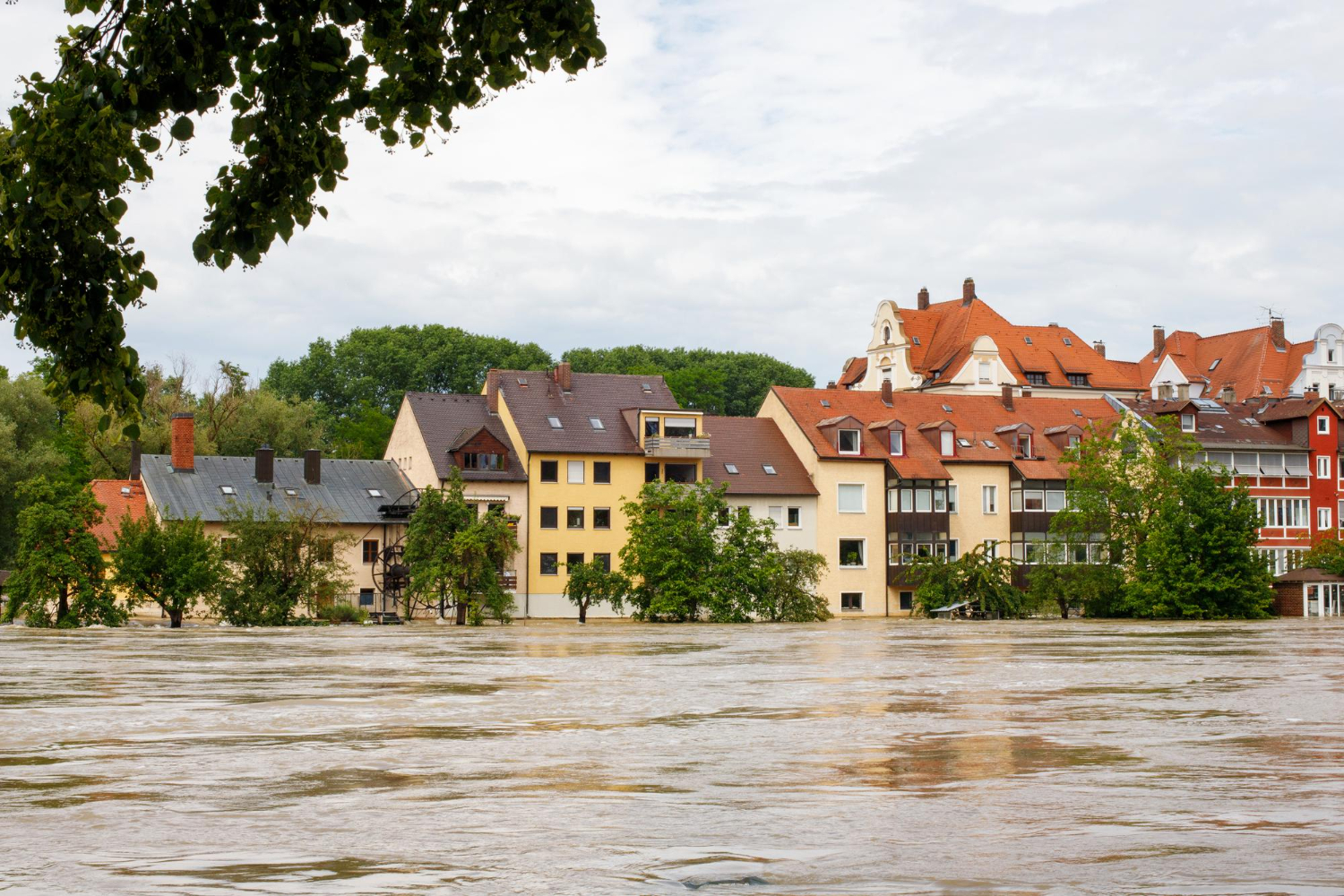
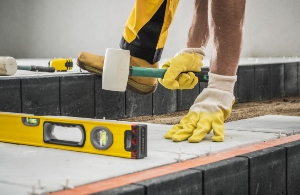
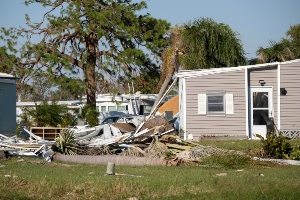
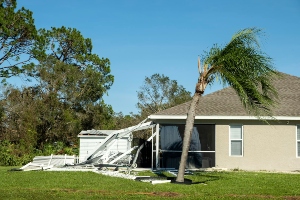
.avif)
